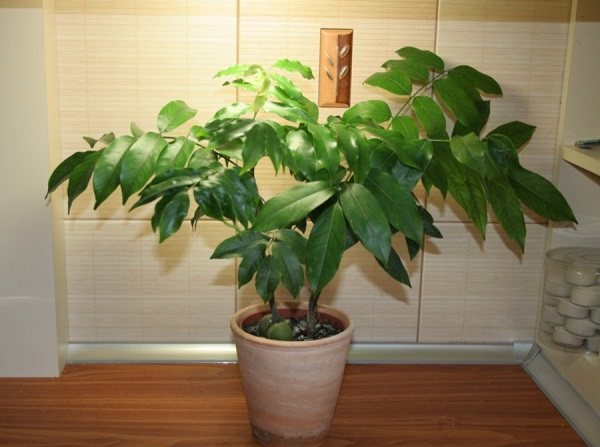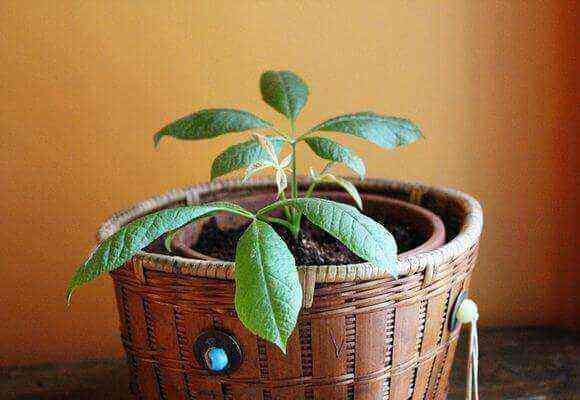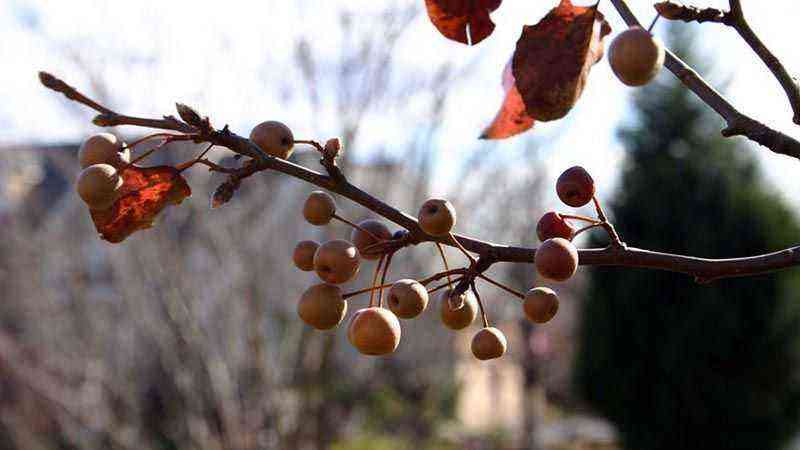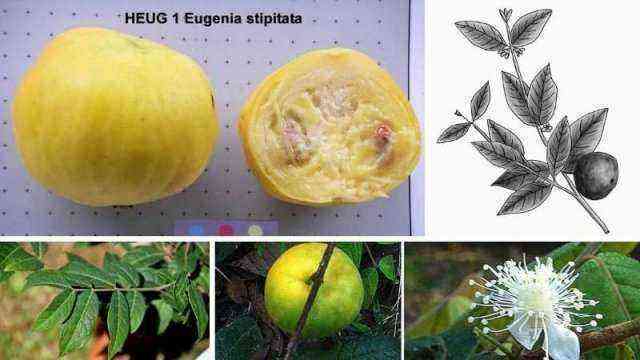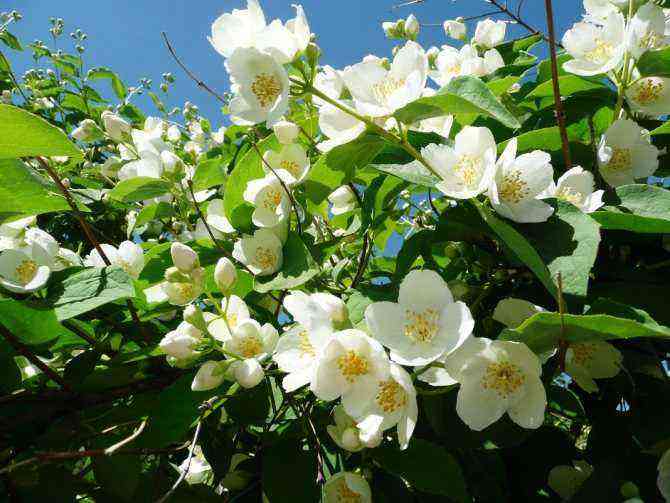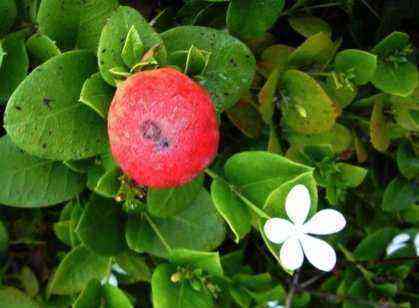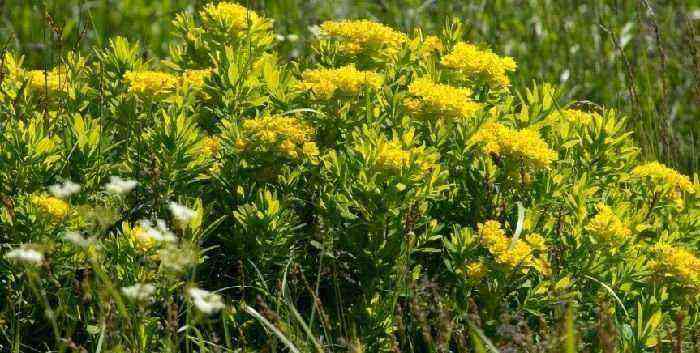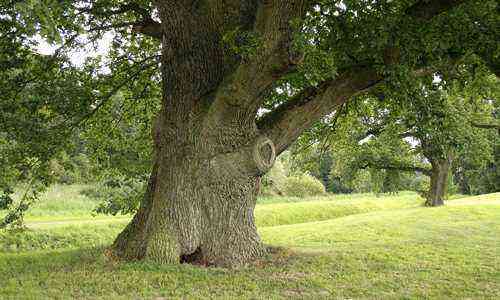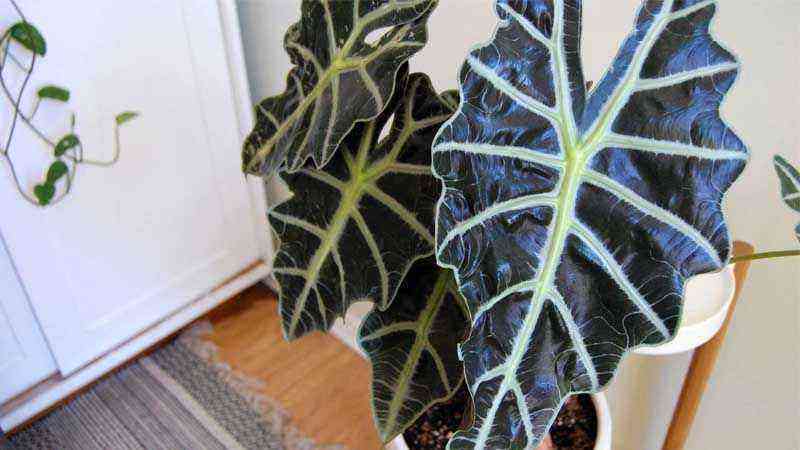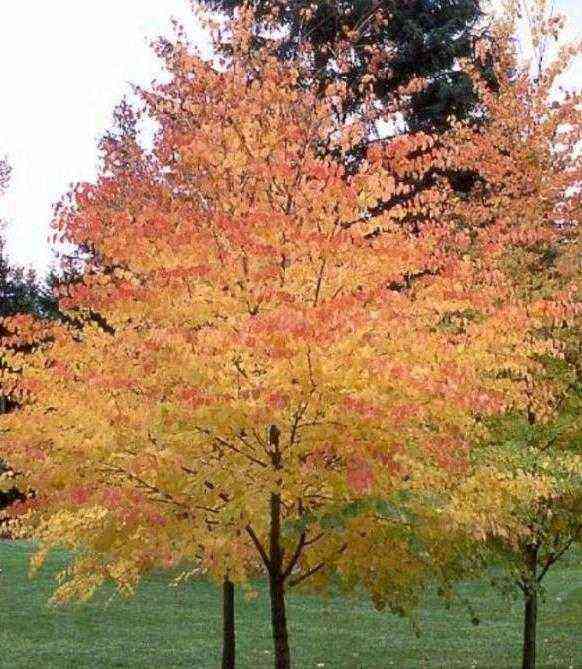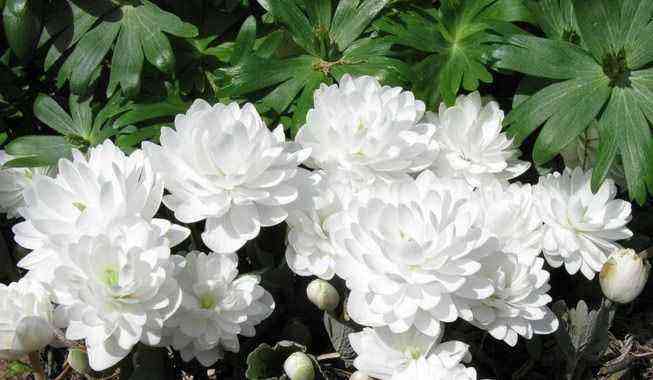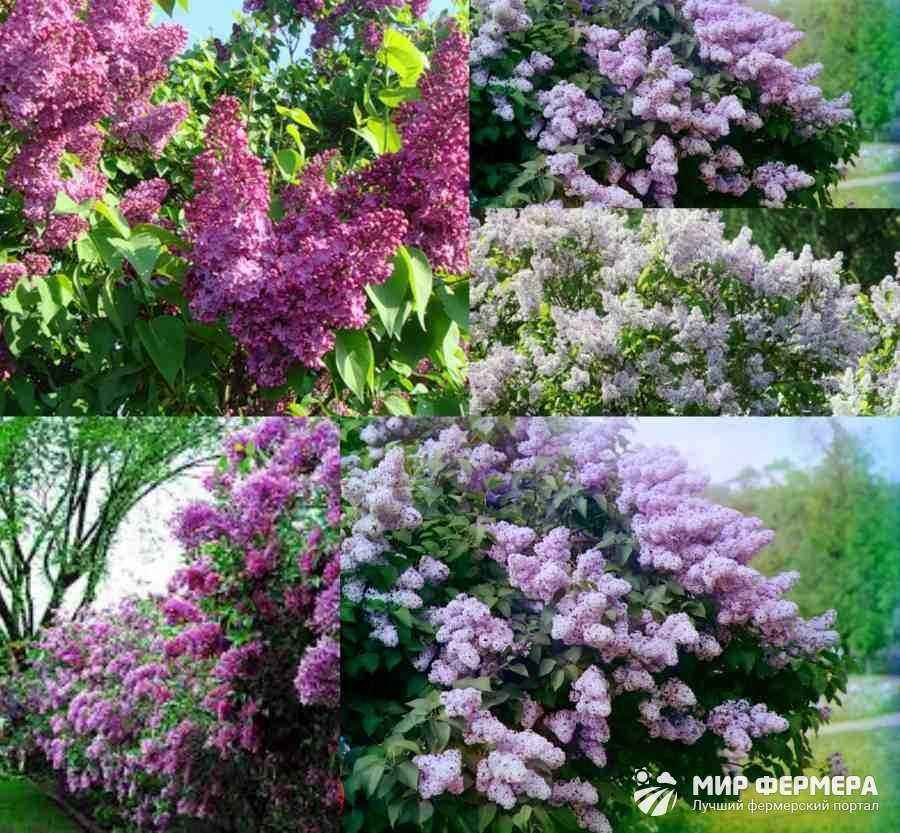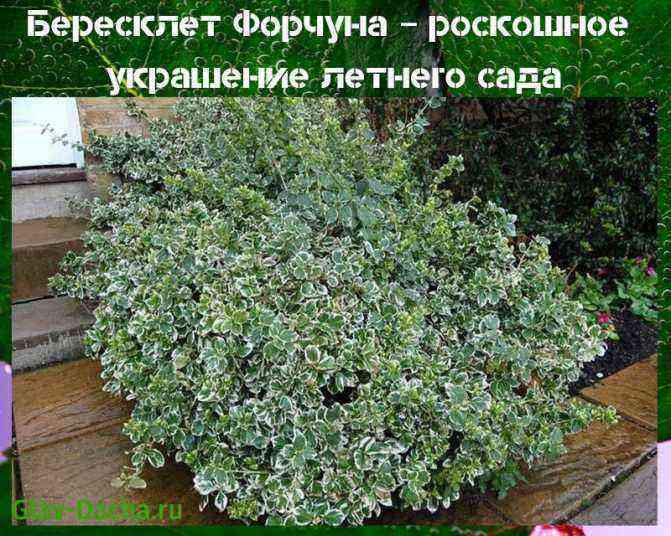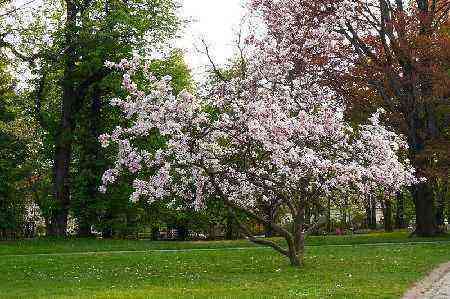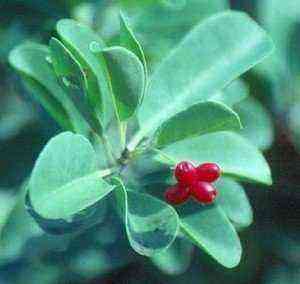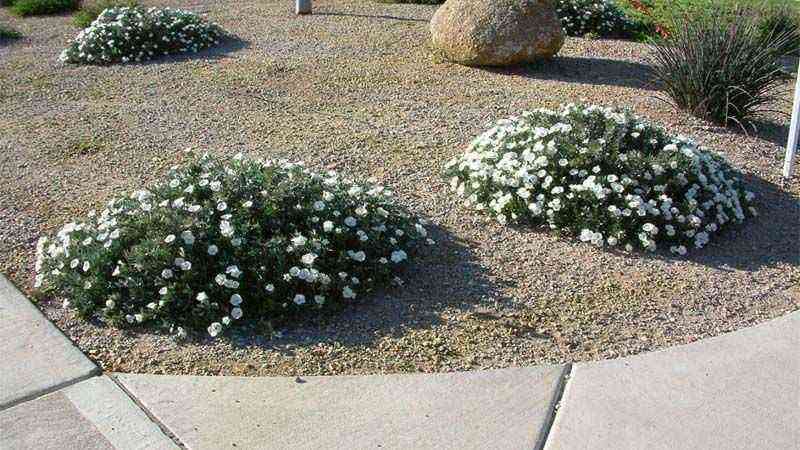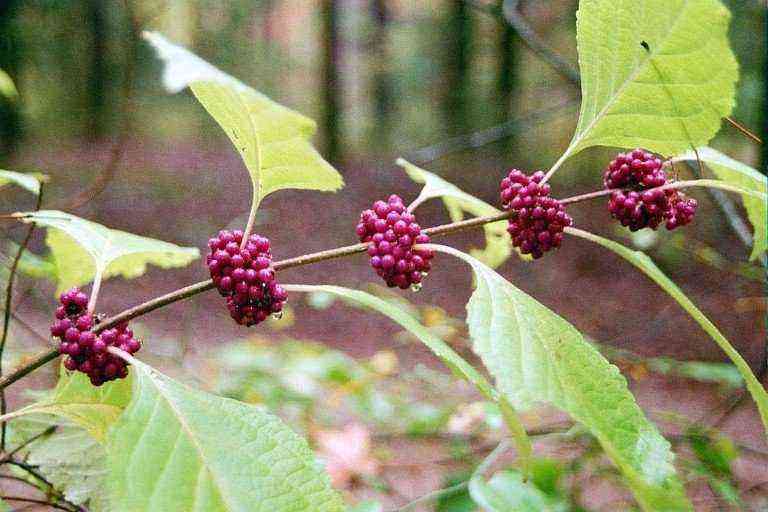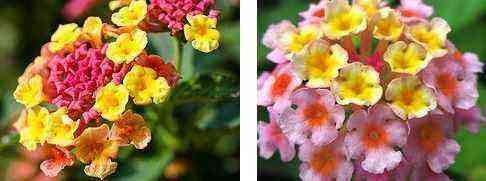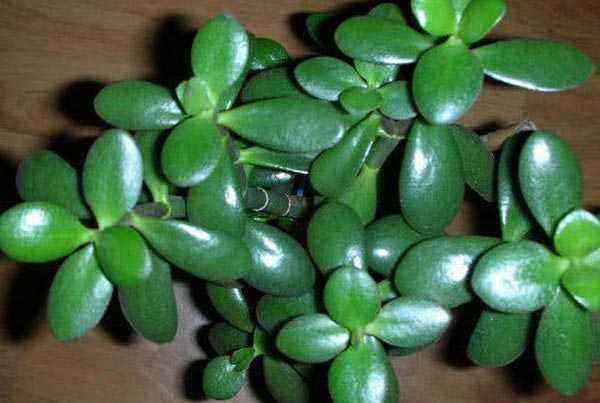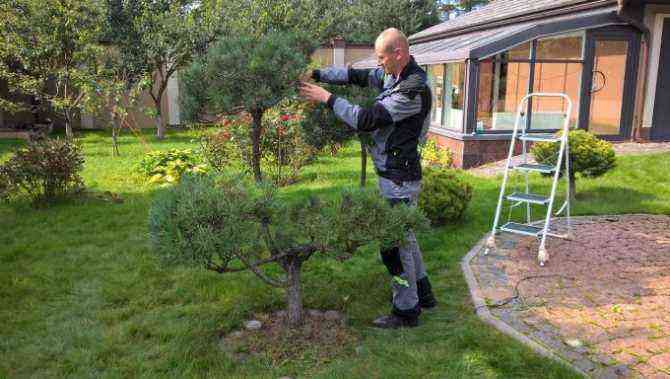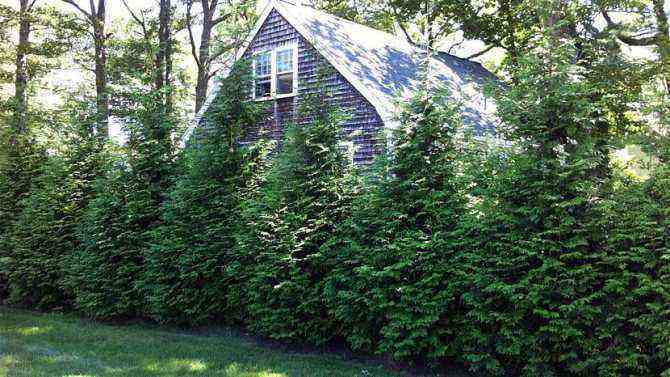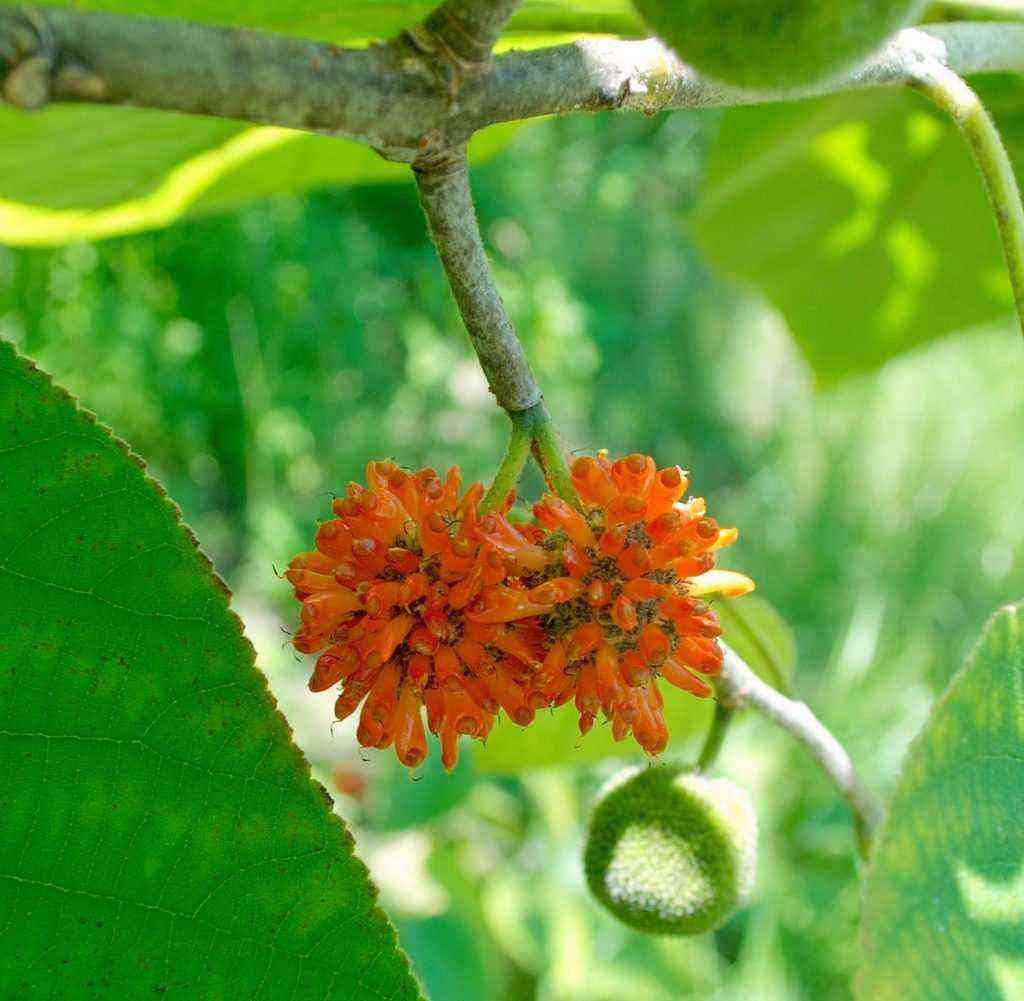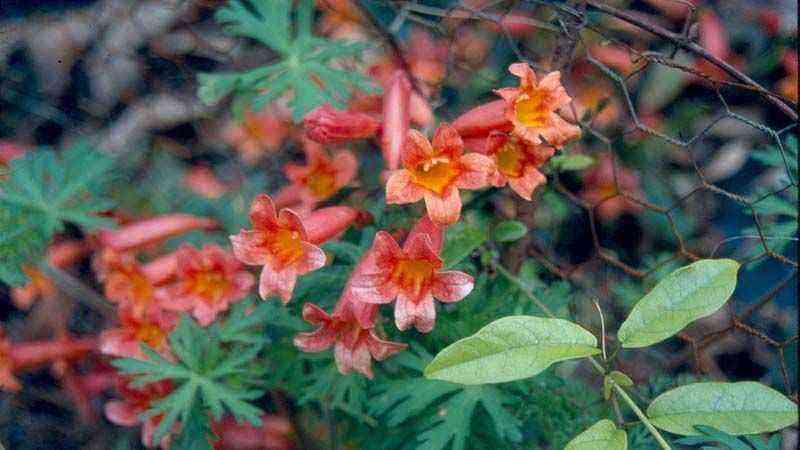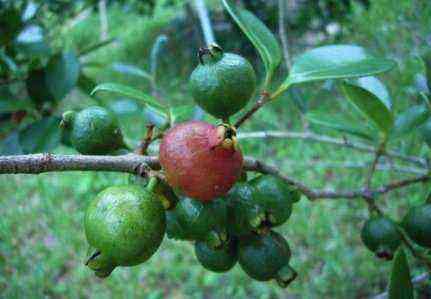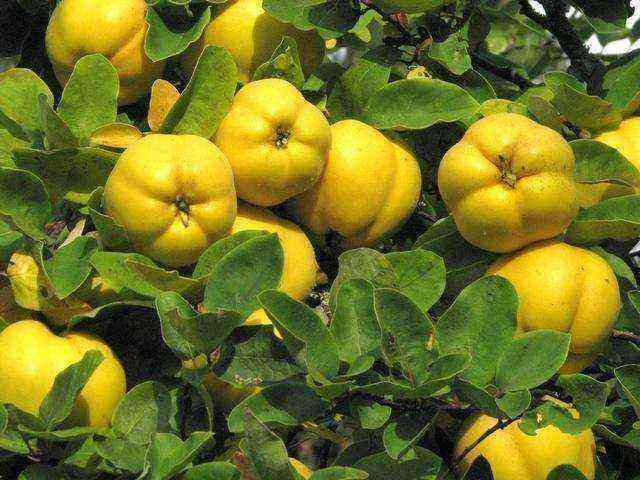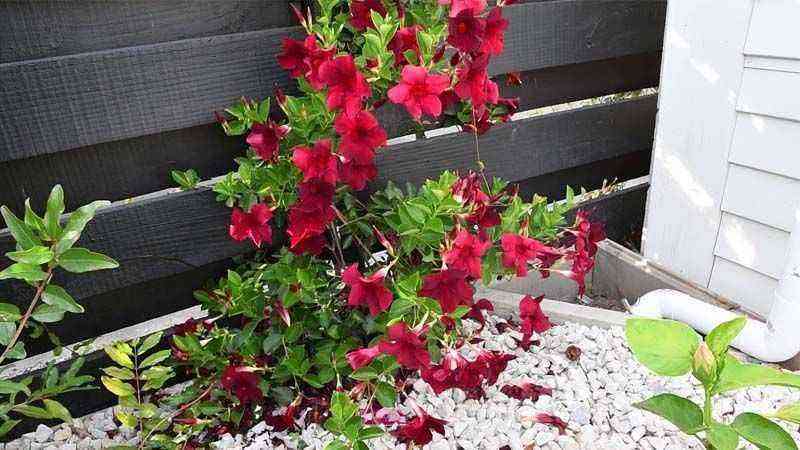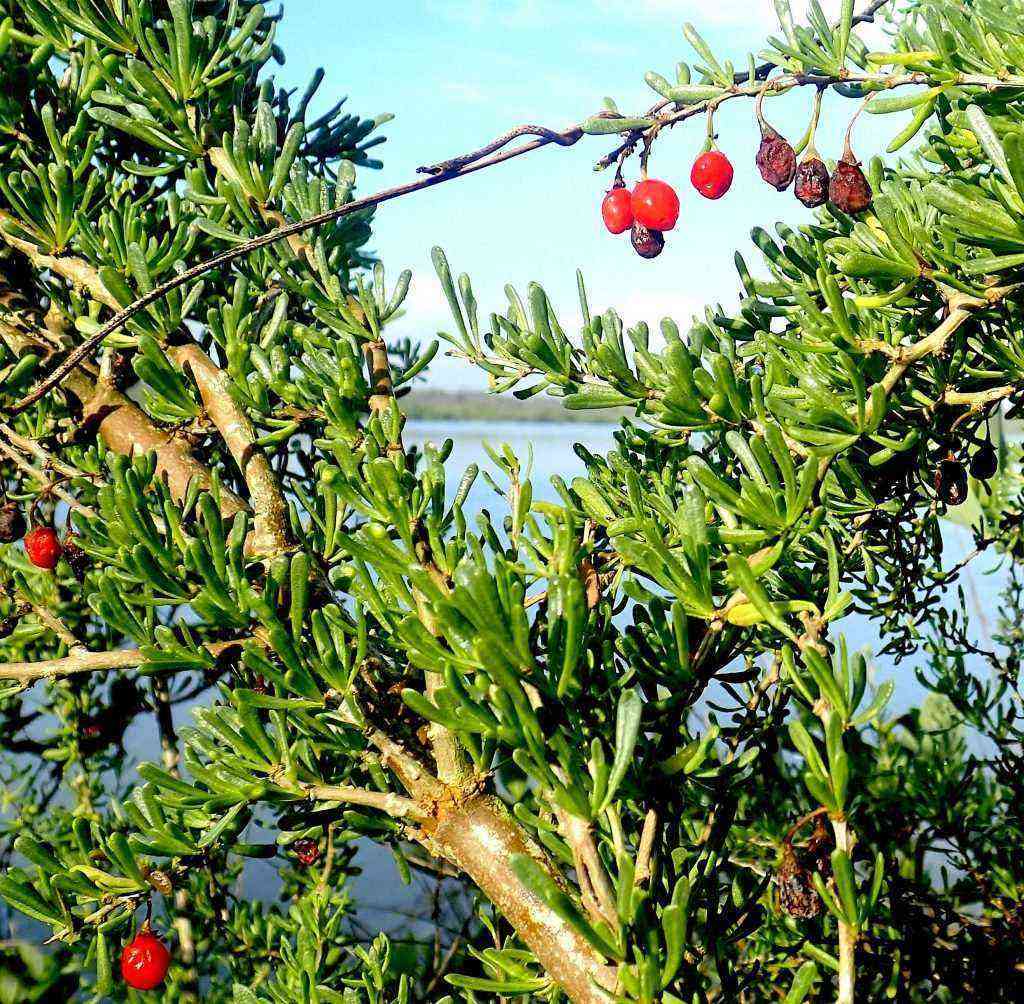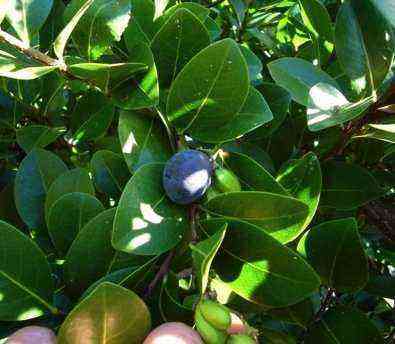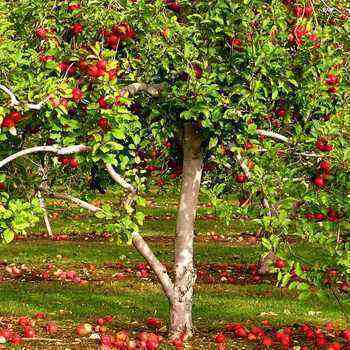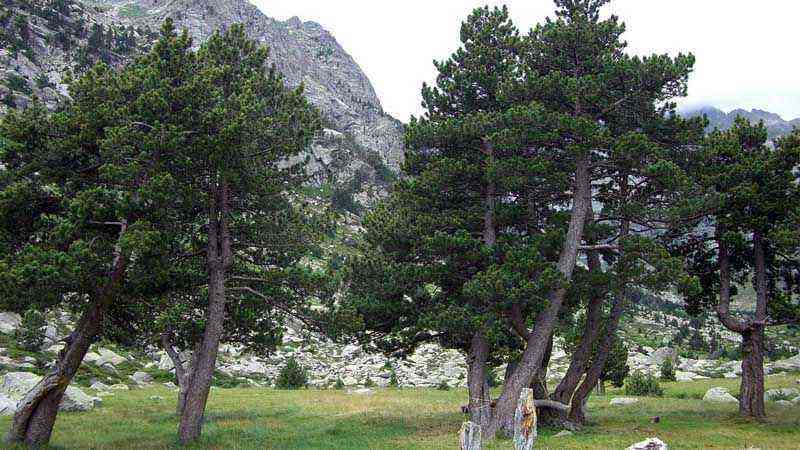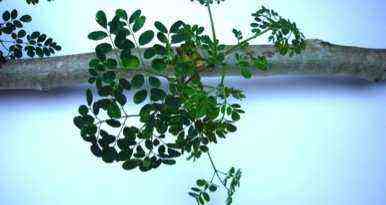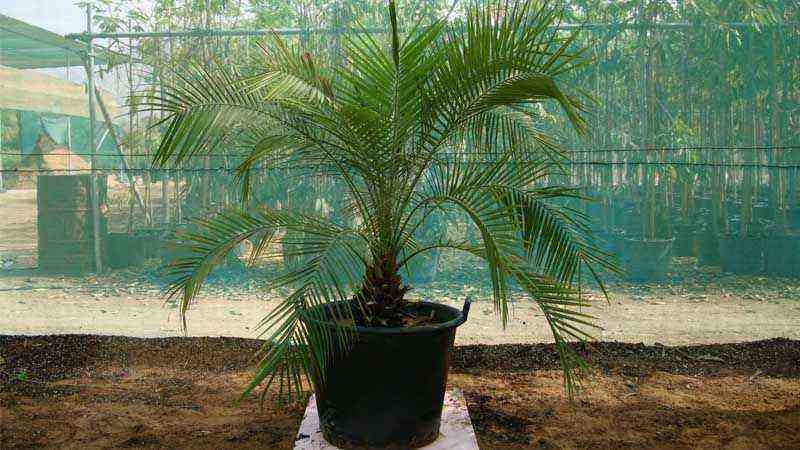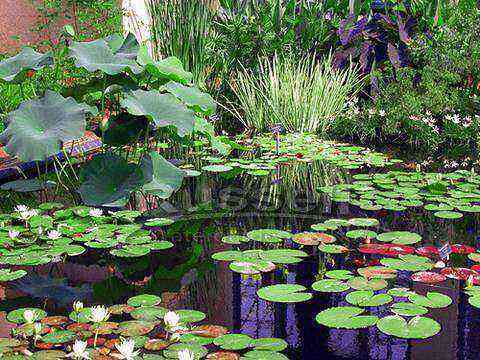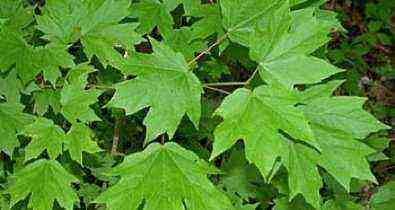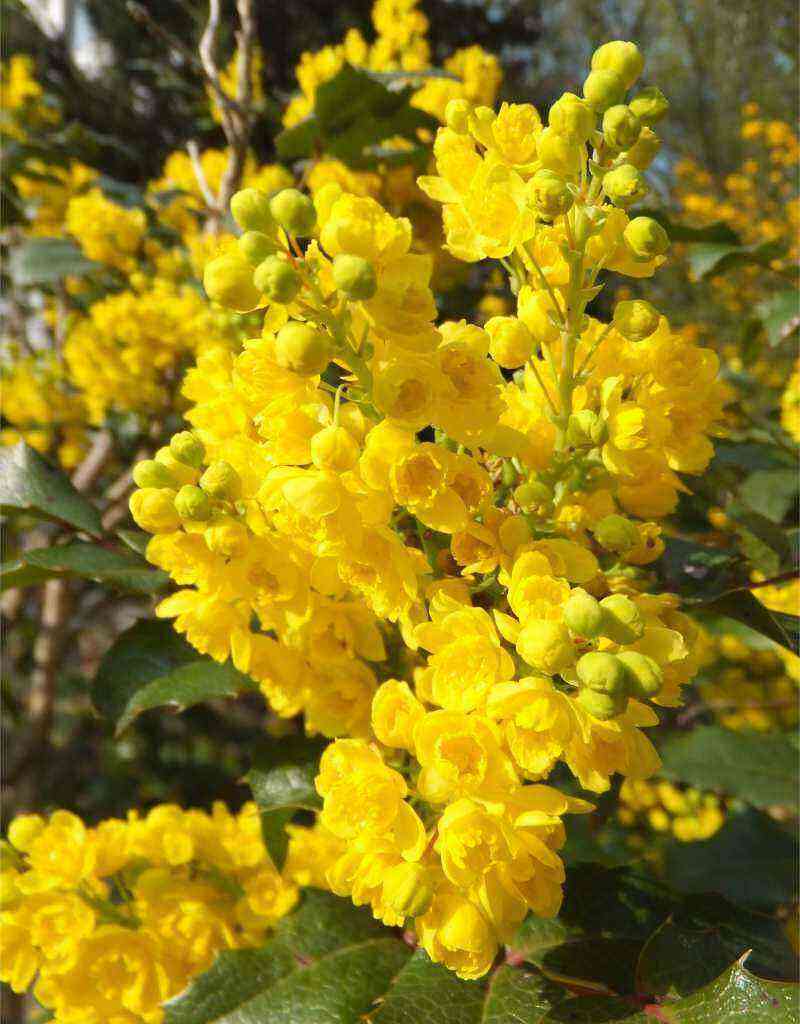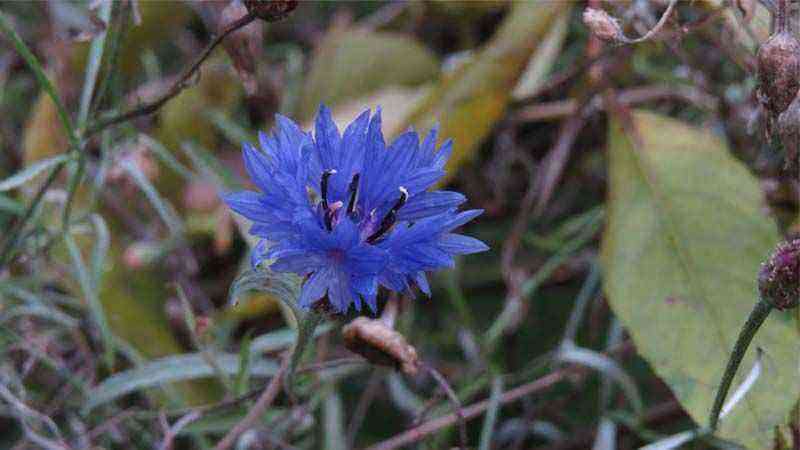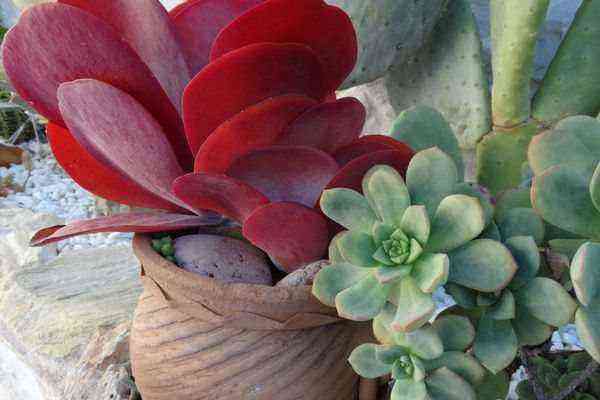Exotic greenery in the interior of a modern office or home is an everlasting fashion trend. A beautiful exotic plant with glossy bright green leaves that can be a highlight of any space.
This is a houseplant Australian chestnut. The official name is Castanospermum. It got its Australian name because of its origin. It is this continent that is considered the birthplace of the indoor chestnut.
From Australian forests to our windowsills
The eastern coasts of Australia are practically covered with chestnut trees. An entire chestnut jungle spontaneously filled the humid terrain of the mainland. The region is distinguished by an abundance of rainfall and increased moisture. This tree is not quite familiar to a European inhabitant.
The Australian chestnut has a slightly different look. Evergreen trees with dense oblong leaves. In nature, a tree lives for a long time, 50-150 years, and can reach a height of up to 40 meters. The domesticated crop grows indoors up to three meters. With good care, it will grow forever.
We plant a decorative tree
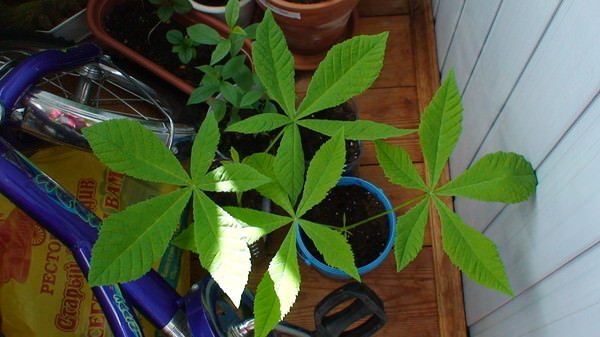
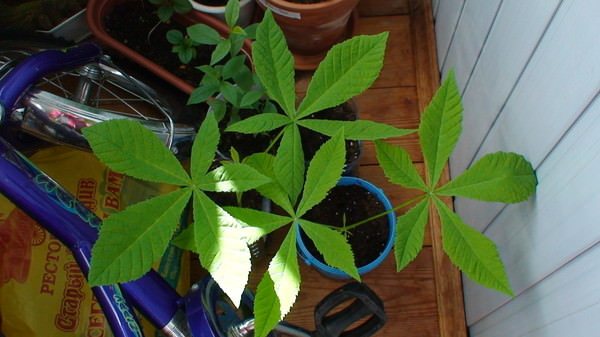
In the case of planting chestnuts in the room, you must:
- hold the nut seed in warm water for about a day before planting;
- plant in a flower pot;
- keep the room temperature close to 20 ° C;
- water well. Lack of moisture damages the plant. The classic chestnut grows close to rivers, which is a testament to his great love for water.
After planting, the houseplant also needs care. There are several recommendations for proper care in a room setting:
- in the warm season, maintain temperatures up to 24 ° C;
- in winter, reduce the temperature to 14-18 ° C, since the chestnut loves to winter in a cool place;
- it is advisable to transplant once a year, maximum once every 1 years. The transplant should be carried out when the leaves of the tree begin to fall off.
- keep away from direct sunlight, the tree loves shade;
Summing up our article, we note that we have indicated the classic practical tips for planting and caring for chestnuts. Finally, we want to give advice: take care of nature, ennoble your land and plant whatever you want, taking proper care of the plants.
Will this chestnut blossom
The imagination of every person at the mention of chestnut draws beautiful snow-white fragrant bunches of flowers. Australian chestnut blooms differently. Its flower has nothing to do with its European counterpart. The fruits are a bit similar. That is why it was called chestnut.
What the Australian chestnut flower looks like can only be seen in the wild in November, December. These months are the spring and summer months in Australia. Bright orange flowers with long stamens form large inflorescences, filling the surrounding space with a pleasant aroma.
It looks pretty nice. Not a single case is known that recorded the flowering of the Australian chestnut at home.
Indoor chestnut is intended for those people who prefer lush greenery at home. For this purpose, such a decorative flower is perfect.
Important! The fragrant flowers of the Australian chestnut are pollinated not by insects, but by bats.
A powerful root system, beautiful color and appearance of the plant made it popular for use in decorative landscaping of private plots, city streets, as well as for strengthening slopes from avalanches.
Choosing nuts for planting
How to grow chestnuts? The first step is to get some nuts that you will use for planting.
- You only need to pick the fruits from the ground, since those nuts that are still growing on the tree are not suitable for planting. The best time to look for chestnuts is October or September, depending on the weather and climate.
- Nuts need to be examined carefully. They should be smooth and even, without any roughness or bumps.
- Choose dark brown glossy nuts. This shade indicates the ripening of the fruit and the absence of any diseases in them.
- Collect as many nuts as possible. Keep in mind that not all fruits can sprout.
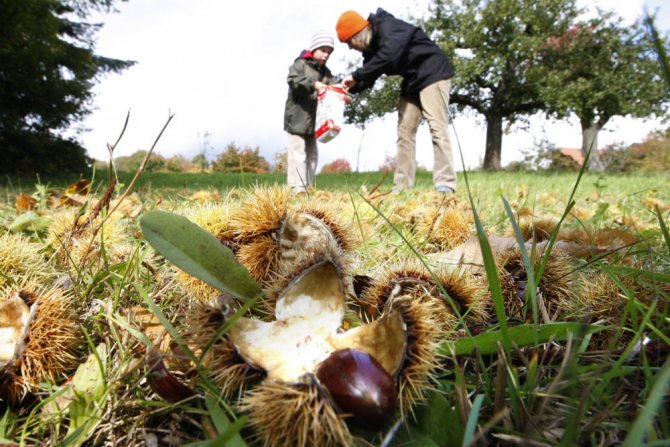
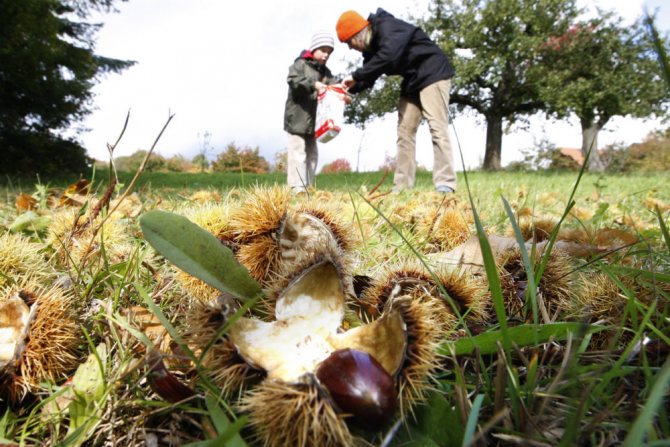
Home chestnut
This Australian chestnut guest looks beautiful in any decor. On the surface of the soil there is a chestnut fruit in a pot from which the plant grows. It is not recommended to deepen the fruit into the ground, as it will simply rot.
The chestnut fruit remains on the surface of the soil throughout its life, adding exoticism to the appearance of the plant. Chestnut is considered a durable and unpretentious plant. But, despite this, the length of his life depends on the care of the owner.
It has already been mentioned that in its homeland, chestnut grows in a humid climate. He kept this tradition, moving to human housing.
Temperature conditions
If the air temperature in the room drops below 12 degrees, then the plant may die. The optimal temperature regime is 18-25 degrees, the absence of direct sunlight, and abundant watering. Such simple conditions will help preserve juicy greens for several decades.
Lighting
Do not put plant pots on the windowsills located on the south side. Bright light is no less detrimental to the plant than direct sunlight, which can also kill the plant even through glass. Favorite places are the floor, somewhere in a corner protected from bright light.
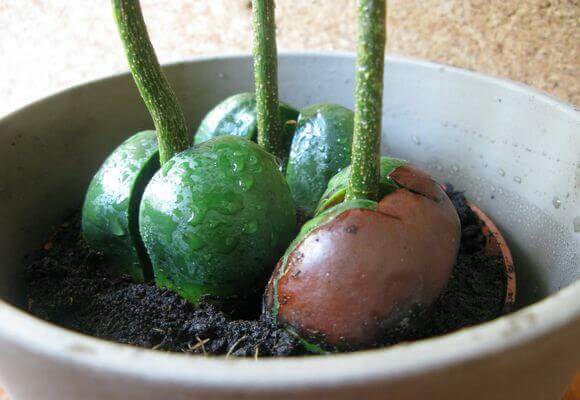

Location
The plant feels good in summer on open terraces, where the influence of wind, sun and rain on it is excluded. It is best to water chestnuts with settled water at room temperature. It is necessary to spray the foliage of the plant with the same water. Otherwise, the leaves will lose their pleasant glossy shine.
It needs to be fed twice a month. For this, both organic and mineral fertilizers are used. Some options for feeding the plant will be presented below. And so, for a long life of a beautiful individual, several simple rules must be observed:
- avoid direct sunlight;
- display on windowsills located on the north and east sides or in darkened corners on the floor;
- ensure regular watering and spraying with settled water, since our tap chlorine is capable of destroying the plant;
- monthly warm shower is not contraindicated;
- do not place plant pots near heat sources;
- use tall pots, loose soil, drainage.
As you can see from the recommendations, there is nothing special about caring for this exotic specimen. The most important thing is that the soil does not dry out in the pot. For creating optimal conditions, the plant will delight the owner with bright juicy greens for a fairly long period of time.


Crown formation
The plant does not need crown formation at all. But cropping is extremely useful for him. And the crown on a straight trunk looks pretty nice. This is done quite simply.
- For an adult who has reached the desired height, simply pinch off the top.
- For young specimens, it is necessary to cut off the lateral shoots that are close to the surface of the soil.
The first transplant of a young plant must be done no earlier than two or three years of age. A mature plant does not need a transplant. If it has a healthy appearance, then it does not need to increase its own space.

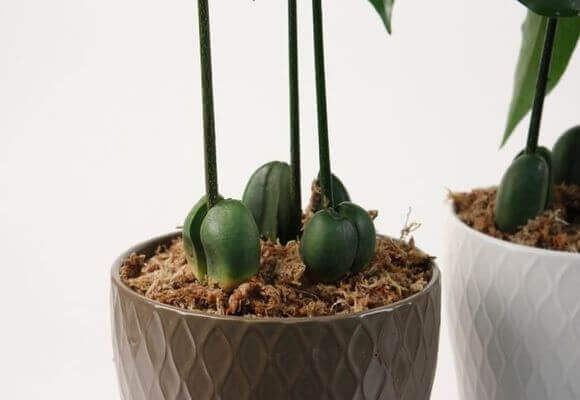
How to feed home chestnut
Despite the fact that the plant is considered exotic, it does not require any special feeding. It is enough to feed him two, three times in winter and not bother this summer. As fertilizers, it is recommended to use organic fertilizers or what is available in every home.
- Feeding with yeast. Dissolve a teaspoon of dry yeast in a glass of water and leave for two hours. Dilute the resulting “braga” with two liters of settled water and shed the plant. Such nutrition is useful for absolutely all plants, both in the room and in open areas.
- Top dressing with sugar. Dissolve two teaspoons of sugar in two liters of prepared water and water the plant.
- Do not throw out onion skins. It is better to insist it in a container of water for two or three days. For example, a liter jar is stuffed with the husk, then top up with water and insisted. Then the solution is drained, diluted with water and watered the plant.
- Put the shells of five, ten eggs in a jar and leave for ten days. The solution will stink, but for chestnuts it is a unique source of nutrients.
Many owners prefer not to use everything that is at hand for fertilization. In the retail network, you can find a lot of ready-made dressings that are intended for deciduous indoor plants.
When to transplant seedlings outdoors
Young seedlings are transplanted into open ground after the threat of night frosts has passed. As a rule, this is the end of May.
When planting in the garden, keep in mind that chestnuts are large trees. The distance between seedlings must be at least 3 meters … Only under this condition will the tree delight you with a dense crown, beautiful and long flowering and tasty fruits. Any soil is suitable for planting, but black earth is best.
The planting hole should match the root system of the seedling. The soil from the hole is mixed with humus and sand in a ratio of 2: 1: 1 and 500 g of slaked lime is added… Phosphorus-potassium fertilizers are added to each well. The bottom of the holes is well drained with pebbles, gravel or sand. The height of the drainage layer is 10 cm.
Planting chestnut seedlings on open ground
Planting seedlings is carried out carefully, trying not to damage the taproot of the plant:
- Pour the prepared soil into the hole, moisten well.
- Place a seedling and sprinkle with soil.
- They tamp the ground and water the chestnut.
For better rooting of young chestnuts cover the plant for a few days with a paper bag.
Breeding chestnut
The plant reproduces only by seeds. These are small fruits that are almost impossible to get at home. The seeds are soaked in a container of water throughout the day. After that, they must be laid out on a substrate with charcoal. Water regularly.
The first shoots will appear only after two or even three months. At this moment, the chestnut can be planted in pots with soil, at the bottom of which there is a fairly thick layer of expanded clay. During this period, the plant needs abundant feeding. Regardless of the season, this must be done every two weeks.
Description and general information
The house chestnut differs from other plants in that its stems do not grow from the soil, but from two large cotyledons, similar to the large fruits of the horse chestnut. This is where the similarity of the two chestnuts ends – their leaves are different, and the houseplant has no flowers at all, it does not bloom in captivity.
The birthplace of castanospermum is distant Australia, where it grows in moist forests on the east coast. Under natural conditions, it is a tall, up to 10 meters, tree with fruits – large beans ripening in long pods. Therefore, the plant belongs to the legume family, and not to chestnuts. Indoor chestnut does not stand out in height, its growth is about 60-80 cm, in a large container and with proper care, the plant can reach its maximum – 3,5 meters.
The leaves are narrow, long, up to 10-12 cm, with wavy edges, opposite, while in a real chestnut they are collected in “five fingers”. In addition, the leaves are dense and glossy, making the plant look decorative even without flowering.
In the period from May to August, wild chestnuts have beautiful, large flowers of yellow and red color, later in their place pods up to 20 cm long, with seeds are formed. These seeds are used for plant propagation, but since the chestnut does not bloom at home, seeds for propagation are ordered from online stores, or a ready-made plant is bought.
Just like some other members of the legume family, castanospermum is able to absorb nitrogen from the atmosphere and accumulate it in its roots, enriching the soil with it.
The plant is poisonous, it cannot be kept in the children’s room at all, in other rooms it is necessary to ensure that its leaves are not torn by children and pets. Local Australian residents still manage to eat the fruits of the tree, but after the obligatory soaking and boiling.
